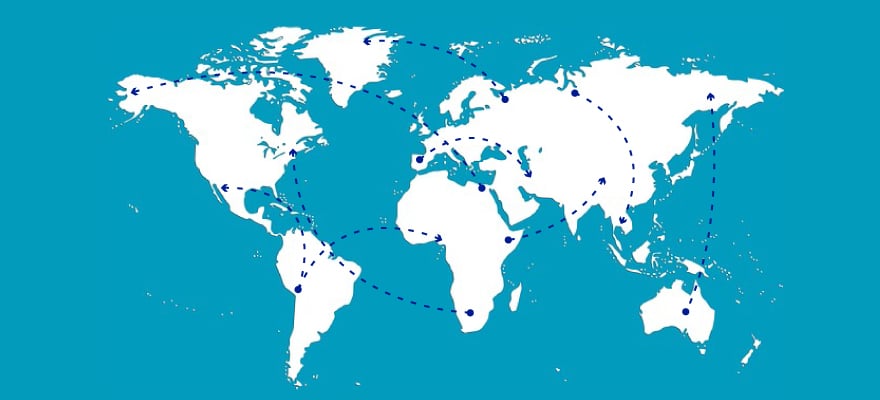This guest article was written by William Laraque who is the Managing Director of US-International Trade Services.
The varying strategies whereby Amazon and Alibaba expand in India will one day provide an interesting case study of the global expansion strategies of e-commerce companies.
Alibaba Group HoldingLtd. is looking to India and Southeast Asia for its next big growth surge. The Chinese e-commerce giant has made a steady series of acquisitions and tactical moves that suggest a concerted regional strategy as business in its home market matures, the WSJ reports.
Analysts say that e-commerce in India, the world’s second-most-populous country, could take off, with one estimate that online sales will reach $127 billion in 2025 from $11.2 billion last year. That’s small compared to China, but the growth will spur more investment in the logistics infrastructure India lacks to serve domestic demand and to efficiently connect the country’s interior to global supply chains.
For now, Alibaba is stepping cautiously in India with only a business-to-business website but no separate domestic consumer-to-consumer offering. It’s a strategy, says one observer, built for the long-haul in a tough place to do business rather than a bid for quick market share.
Amazon has taken a more aggressive tack in India. Jeff Bezos has with much fanfare announced plans to spend another $3 billion there, bringing Amazon's investment in India to $5 billion. Amazon operates a 'pure marketplace' in India, selling goods offered through its website by third parties. Amazon has adapted to the local Indian market, where internet Connectivity can be spotty or nonexistent, and many consumers don't have credit cards.
Amazon does most of its own deliveries to customers' doors in India, in contrast to the US where it relies on the US Postal Service and other carriers.
In China, Amazon did not sufficiently model its business to suit local preferences and it has struggled to gain market share. In China, Amazon and Uber were outfought by Didi Chuxing, Alibaba and WeChat. Amazon's international markets are growing much more slowly than its home market of the US. Overseas sales rose 5.7% in 2015 to $35.4 billion, compared with 25% in North America, where sales grew to $63.7 billion.
Sales abroad have resulted in a $91 million operating loss for Amazon compared with a $2.75 billion operating profit from its home market.
Competition
Amazon's competition in India includes the Indian-grown e-commerce company Flipkart which is valued at $15 billion and SNAPDEAL valued at 1/3 of Flipkart, according to the WSJ.
Too little recognition has been given to the culturally appropriate home-grown e-commerce competitors in China and India.
Market Growth
Indians bought $16 billion worth of goods online last year, up from $6.3 billion a year ago.
As I examine the e-commerce battlefield of India, several thoughts come to mind. In the US, Amazon has gained a great deal of its profitability (67%) with Amazon Web Services, through which it has innovated by leasing such services as banking as a service or BaaS. It remains to be seen whether such a strategy can be profitable in an international milieu.
Secondly, the full capabilities of trading in capital goods have eluded all e-commerce enterprises up to this point. It may well be that e-commerce can only achieve its full potential in collaboration with both the legacy and innovative functions and features provided by Fintech companies and banks. As e-commerce platform providers expand overseas, valuable lessons will be gained from local competitors who battle for market share and profitability.






















